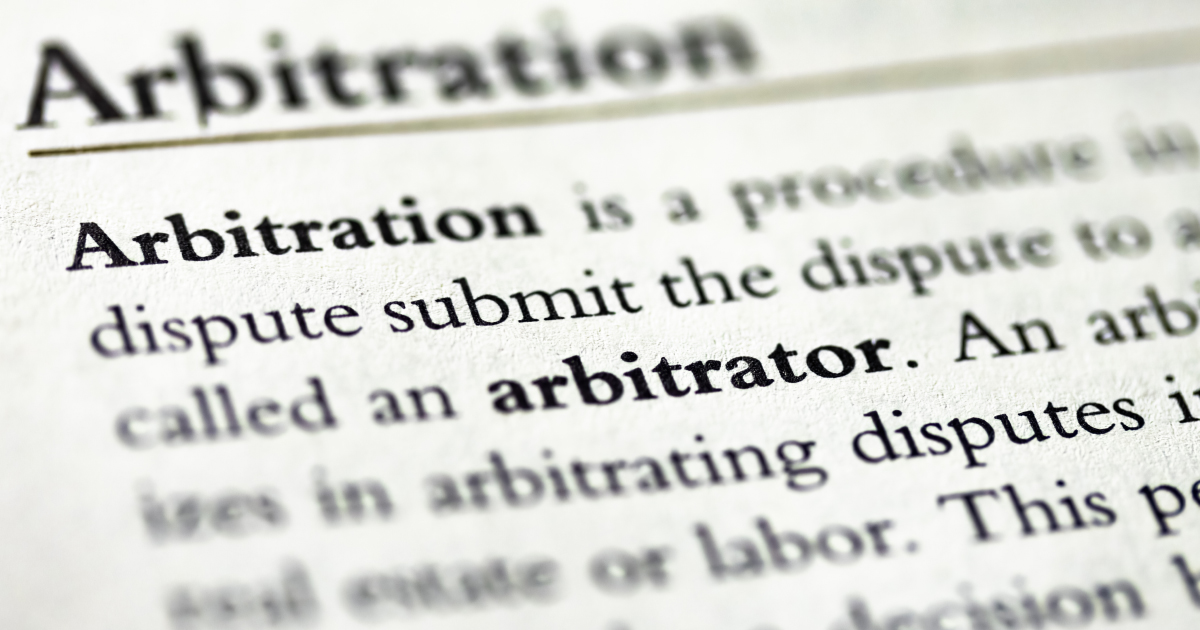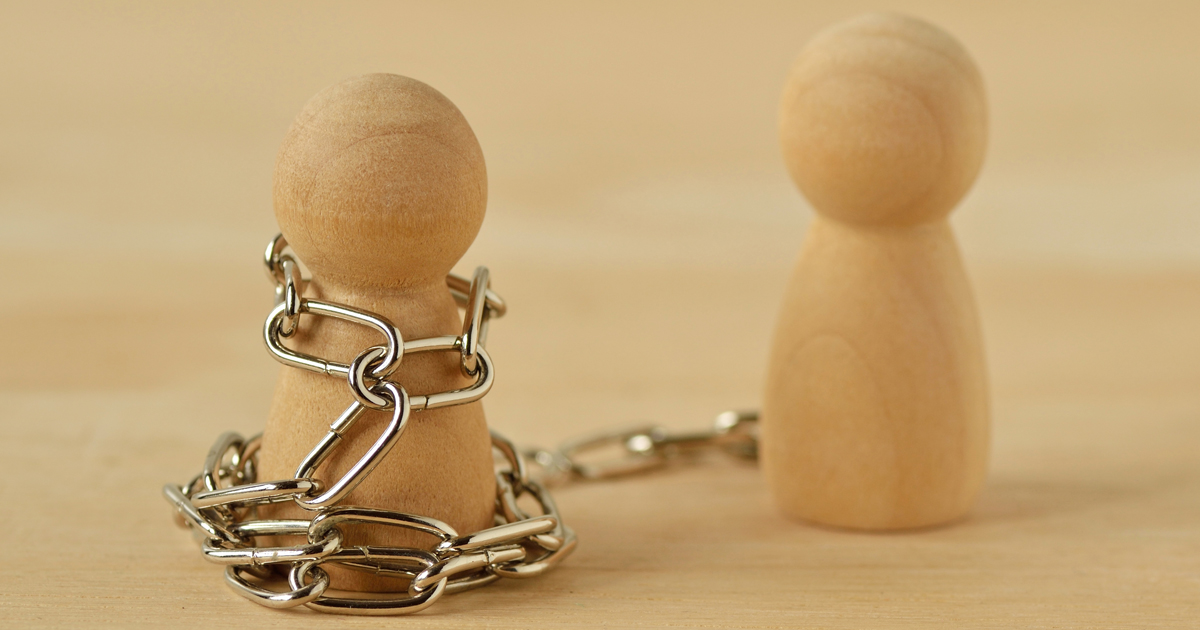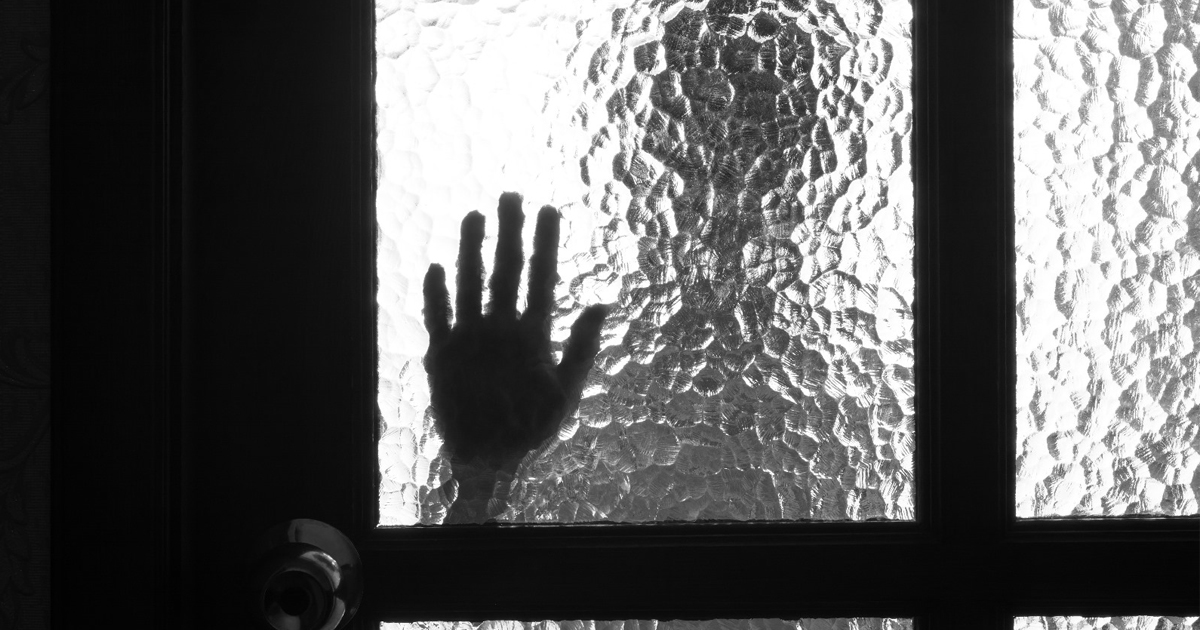Case Summary: VWM v VWN [2023] SGHCF 2 (Lai Siu Chiu SJ)
The court highlighted that women were not to be given a greater share in the division of matrimonial assets or any special recognition in relation to their contributions simply because they bore children during the marriage. This was especially so in short marriages where direct and indirect contributions were often viewed with equal importance.
Brief Facts
Parties were married on 2 May 2015 and had 2 children. Divorce proceedings commenced in 2019 with interim judgement granted in 2020 (the marriage lasted <5 years). The DJ made these orders in relation to the ancillary matters: [1]-[3].
- Joint custody of the 2 children with care and control to the Wife;
- Ratio of division of assets (excluding matrimonial home): 64.5:35.5 in favour of the Wife;
- Regarding the matrimonial home (BTO), the flat was to be surrendered to HDB and the parties be refunded any sums paid in the proportion of their respective contributions towards the purchase price;
- No maintenance for the Wife;
- The Husband was to pay monthly maintenance of $1,100 for Child maintenance.
- The Wife was to transfer $45,574.80 to Husband’s CPF account.
The Wife appealed against DJ’s entire decision. Importantly, this court affirmed the orders made by the DJ and ordered that the Wife transfer $45,574.80 to the Husband’s CPF account within 30 days of the order being made. The Wife appealed against this court’s order pertaining only to the matrimonial home:[4]-[6].
Holding: This court dismissed the Wife’s appeal and affirmed the DJ’s orders.
Key Points
As children are often part and parcel of the marriage process of a woman, it is unrealistic for the Wife to expect that women who bear children should be accorded special recognition in the division of matrimonial assets: [26].
- The Wife had asked for about 75% as both her direct and indirect contributions. She then sought another 5% increase to bring her overall contributions to 80%. She argued that this increase was necessary as the children required a roof over their head: [17] and [33].
- The Wife’s emphasis on the fact that she gave birth to, had care and control of the children and that they needed a roof over their head to support her claim for a greater portion of the pool of assets was found to be “utterly selfish and self-centred”: [27].
Essentially, the court did not accept the Wife’s submission that the DJ had erred in placing equal weight on direct and indirect contributions. This was not a case where one component necessarily assumed greater importance than the other on the facts of the case: [15] and [25].1 Instead, the court found that a double recognition of indirect contributions was grossly unfair to the Husband and wholly undeserved based on the short duration of the parties’ marriage: [33].
The Wife also wanted the matrimonial home to be transferred to her sole name without making any refund to the Husband’s CPF account. On the facts, this was especially unreasonable considering that:
- The Wife had more than twice the Husband’s CPF savings: [28]-[29].
- The Wife had much more personal savings than the Husband but yet sought to deprive him of the CPF refund which would have constituted 15% of his CPF savings: [30].
Read more: Divorce & CPF Contributions
Thus, the court held that allowing the Wife to retain the BTO flat without any compensation to the Husband would amount to giving her a windfall as she would receive a matrimonial asset that would ordinarily be divided, without providing any further consideration: [11] and [31].
1The Wife cited ANJ v ANK [2015] 4 SLR 1043 at [26] to support her claim.












